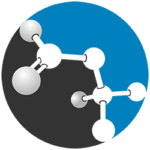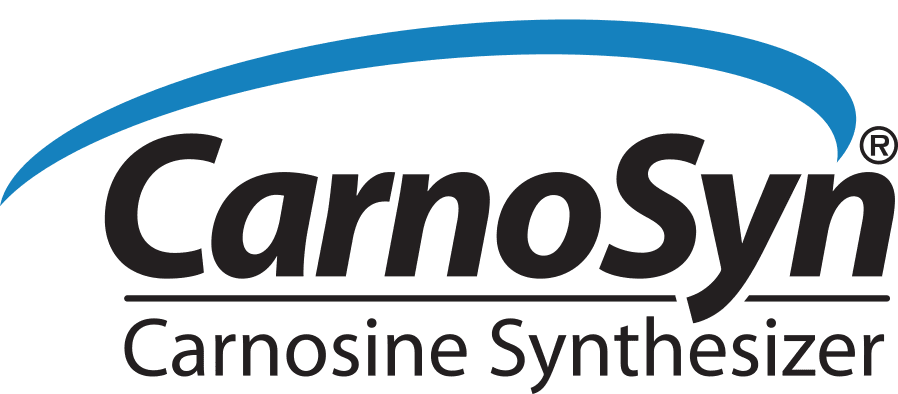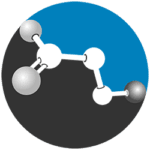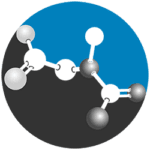Simple. Muscle. Science.
Some Companies Sell Hype. We Don't Need To.

The Muscle science story
 It is simple really. Everybody has muscles and everybody knows what it is like to do muscular work. Some of us know what it is like to work large muscles repetitively until failure. If the sport you do involves this kind of endurance activity, you will want to read this. Rowers first and foremost, cyclists, water polo players and swimmers, wrestlers, plus the occasional powerlifter all want to know if there is a dietary way to extend time-to-failure. So let’s look at what failure means.
It is simple really. Everybody has muscles and everybody knows what it is like to do muscular work. Some of us know what it is like to work large muscles repetitively until failure. If the sport you do involves this kind of endurance activity, you will want to read this. Rowers first and foremost, cyclists, water polo players and swimmers, wrestlers, plus the occasional powerlifter all want to know if there is a dietary way to extend time-to-failure. So let’s look at what failure means.
The biochemistry of muscle contraction is well understood. Muscle proteins (myoproteins) form long microscopic complexes of fibers that are strongly attracted to each other when asked to contract by nerve signals. Under contraction conditions the myoproteins bend and find each other, sticking at certain spots, and grapple along the nearby fibers, sliding along, overlapping, thickening as the fibers stack up, until the contraction is over. Contract your bicep and have a look. This is work.
In the process of this work, the energy molecule ATP is broken down as the sliding contraction takes place. This breakdown of ATP uses a water molecule to split it into ADP plus free inorganic phosphate (Pi) plus a hydrogen proton (H+, which is the “H” in pH). More protons means more acidic (the pH drops…don’t ask why lower pH means more acid, it just does). As the muscles become more acidic with work, the myoproteins “denature” in part and become tangled and convoluted in unnatural ways (think of cooking egg white). For most myoproteins the condition is reversible, simply stop breaking ATP (stop contracting) and slowly most function is restored as pH rises back to resting normal. During acid exposure though, portions of the proteins get mechanically deranged and sheared off, and those sections are no longer able to contract. This is a microscopic look at work to failure. The thing you feel is sizzle.
To counter the acidification of working muscle, nature came up with a way to put the protons back into the water they came from without waiting for mitochondrial ATP to re-form: scavenge the free phosphate, and the protons take care of themselves. There are two (2) main pathways for muscle phosphate scavenging: Creatine and Carnosine (the dedicated product of Beta-Alanine).
Creatine is an interesting molecule for supplementation because it is able to be transported directly to muscle and go to work as intended without being modified in digestion. It can be and is made by normal muscle tissue from assembling and modifying some amino acids. With the help of a dedicated enzyme, Creatine literally takes free phosphate (Pi) and jams it back with ADP to make more ATP. This means acid is reclaimed into water as the phosphate gets scavenged. In the presence of a surplus of dietary Creatine, the theory is that muscle pH can remain in the working range longer and as a result, additional work can be accomplished. How many more reps can be added to your high-endurance sets with added Creatine? Only your own experiment will tell.
Carnosine does a similar thing, but is a different story with regard to dietary supplementation. Scientists can synthesize Carnosine by the kilo and give it in a capsule, but that will have essentially no benefit. The reason is that Carnosine gets degraded in the digestive process, slowly reduced to constituent amino acids that would then need to be transported and re-assembled again. To our knowledge, this has never been shown to be measurably helpful. In order to generate a surplus of Carnosine in muscle a different tactic is needed. A precursor to Carnosine that survives digestion and is quickly taken up by muscle directly is required. That precursor molecule is Beta-Alanine. Once muscle organizes some amino acids into a Beta-Alanine molecule, it is the committed step on the biochemical path to becoming Carnosine. Supplemented Beta-Alanine theoretically drives additional Carnosine synthesis by mass-action. We feel that the best available Beta-Alanine is branded CarnoSyn® Carnosine Synthesizer. Like Creatine described above, with the help of a dedicated enzyme, Carnosine also literally takes free phosphate (Pi) and jams it back with ADP to make more ATP. As before, this means acid is reclaimed into water as the phosphate gets scavenged.

An Exclusive Formulation
3 powerful ingredients that can make the difference in your training and achievements.


HMB
Recovery is made simple. daily.
Branch Chain Amino Acid (BCAA) support begins with Leucine and ends with HMB.
Research has shown that HMB supports recovery.
BETA-ALANINE
gets in, makes carnosine happen.
Working muscle breaks down ATP. This process makes acid (the sizzle). The only way to manage acid is to pick up ATP breakdown products. Muscles rely on Carnosine to scavenge those breakdown products and control the sizzle.
Creatine Monohydrate
the most researched compound ever.
Creatine Monohydrate has been researched for athletic performance since the 1970s.
Like Carnosine, Creatine scavenges ATP breakdown products and helps control the sizzle.


